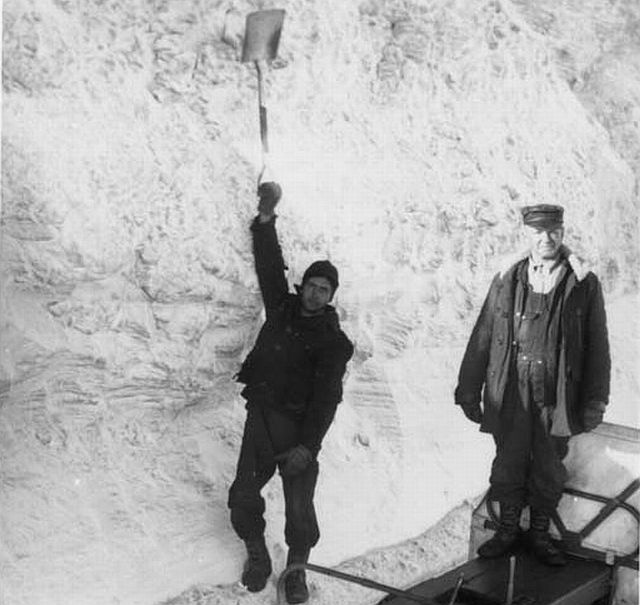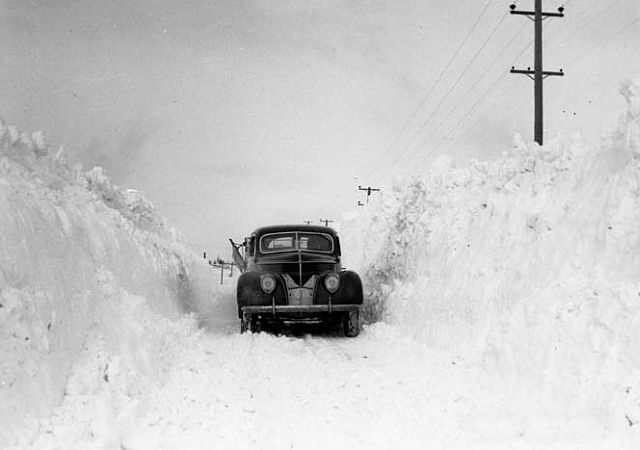The USA’s Midwest is renowned for harsh winters. However, November 11 1940 brought welcome respite for Middle Americans. Temperatures soared past 18°C (60°F) and headed towards 21°C (70°F), bathing residents in unprecedented warmth for the time of year. But this extraordinary temperature rise did not bring lasting relief from winter’s icy grip, instead heralding the imminent arrival of another freak of Nature – that rare but devastating storm system named the ‘panhandle hook’ after its genesis in the Oklahoma and Texas panhandles and subsequent curved course through the Midwest en route to the Great Lakes.
By late afternoon it became apparent that a major weather event was unfolding as an intense low-pressure front tracked northwards, simultaneously sucking in moisture from the Gulf of Mexico and arctic air from the north. Benign conditions deteriorated with frightening speed as temperatures plunged and high winds brought rain, sleet and snow in rapid succession. By late afternoon a severe blizzard was raging, hitting Nebraska, South Dakota, Iowa, Minnesota and Wisconsin before completing its home run by reaching Lake Michigan. The Armistice Day blizzard instantly gained notoriety as one of the Midwest’s worst-ever winter storms.
With fierce winds, freezing temperatures and driving snow that precipitated to a depth of nearly 70 cm (28 in), communications and transport were paralyzed, while people literally started perishing. A large number of duck shooters died after being attracted to the Mississippi River by ideal hunting conditions and failing to appreciate how severe the weather would become. Two were killed in a train wreck, over 60 sailors perished as a number of boats sank on Lake Michigan and many individuals caught in the storm simply froze to death. Over 150 people died before the Armistice Day blizzard blew itself out on November 12.
When: November 10-12 1940
Where: Midwestern USA
Death toll: 154 deaths were directly attributed to the storm.
You should know: In an echo of many a subsequent weather disaster – including Britain’s great October storm of 1987 – forecasters failed to predict the likely severity of the Armistice Day blizzard, thus contributing significantly to the number of casualties. As a result, a system to improve local weather forecasts in the Midwest was introduced.
























